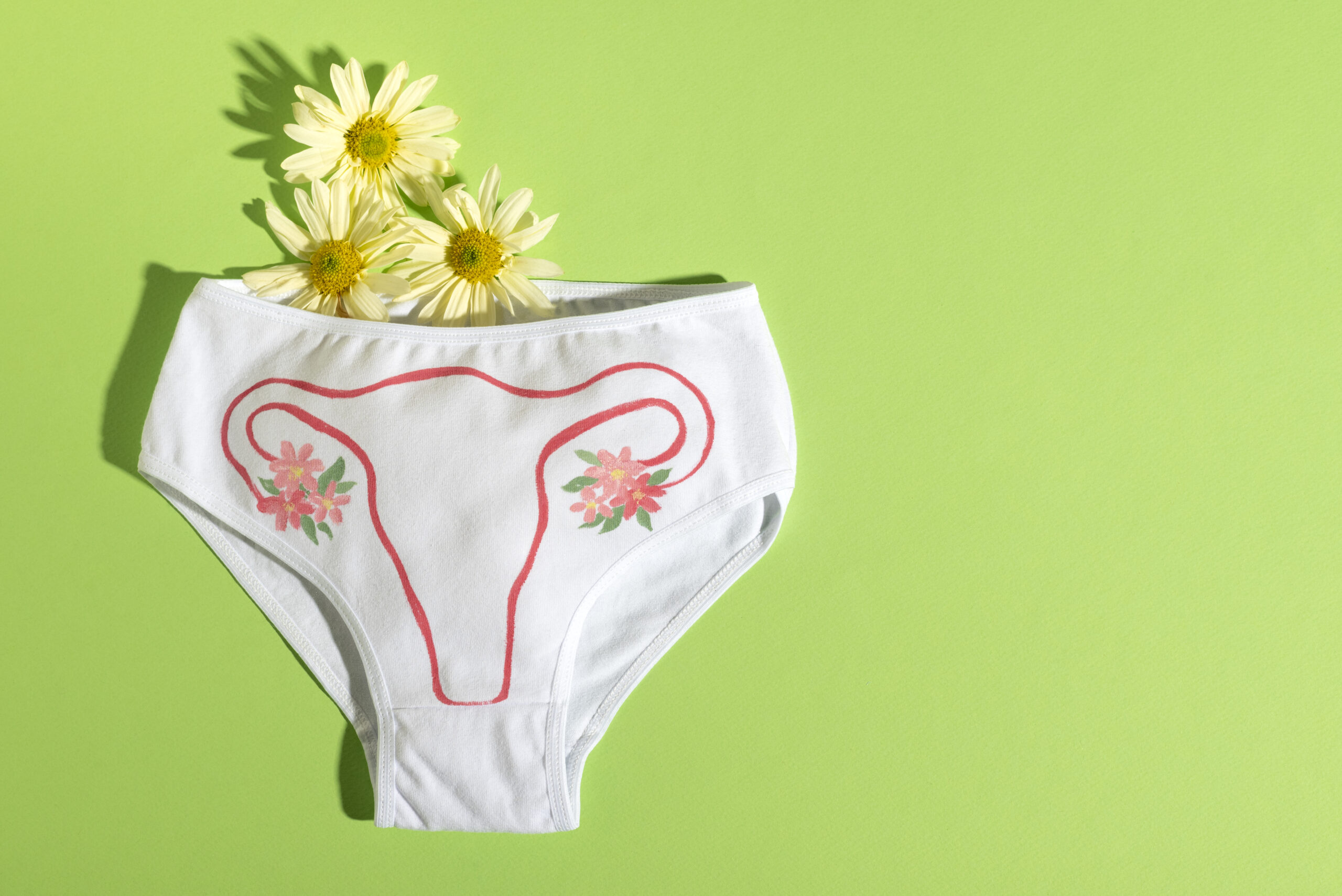Vaginal yeast infection is a type of infection that affects many women in society, especially caused by yeast cells, particularly Candida albicans, which can lead to itching, discharge, and irritation in the vagina and vulva.
Most of the time, it can be easily treated with simple medication or herbal remedies. However, sometimes it may recur frequently, develop resistance to medications, become a chronic yeast infection, and negatively affect a woman’s quality of life.

Risk Factors and Causes:
However, disruption of this balance, which does not usually cause any complaints, leads to excessive proliferation of yeast cells. As the balance is disrupted, symptoms of yeast infection begin to appear.
- Stress
- Pregnancy
- Diseases affecting the immune system
- Use of antibiotics
- Certain birth control pills
- Incorrect hygiene practices
- Incorrect genital hygiene
- Use of soaps that disrupt the vaginal flora, called intimate washes
- Wearing tight nylon underwear
- Staying in wet swimsuits after pool or sea swimming
Symptoms of Vaginal Yeast Infection
Women encounter vaginal yeast infection at least once in their lifetime, and it manifests with the following symptoms:
- Burning sensation in the vaginal area
- Itching around the vagina and its surroundings
- Unusual, thick, white discharge
- Frequent urination and burning sensation while urinating
- Pain, redness, swelling, or rash in the vaginal area
- Symptoms such as pain during sexual intercourse
Diagnosis
In the diagnosis, it is crucial for the Obstetrics and Gynecology doctor to observe the discharge and make evaluations accordingly. Therefore, it is important for the doctor to evaluate the woman’s condition on the gynecological examination table during non-menstrual periods. If deemed necessary, the doctor may perform cultures or smear tests.
Is Vaginal Yeast Infection Contagious?
It can spread, especially after sexual intercourse. Sharing towels and laundry items Shared facilities such as bathrooms, saunas, and hammams, among others.
Treatment
Candida albicans yeast cells can usually be easily treated with medication. The most important thing is not to chronicle the vaginal yeast infection. Because chronic infection significantly affects the patient’s quality of life and may not be easy to treat.
The most important aspect to prevent the infection from becoming chronic is to eliminate the factor causing the vaginal yeast infection. For example, if the use of antibiotics has led to the yeast infection, it is essential to avoid antibiotic treatment as much as possible, and opting for cotton underwear instead of nylon underwear, if nylon underwear is causing vaginal yeast infection, can be part of the treatment.
It should be noted that medications provide temporary or partial relief. For permanent and continuous health and treatment, the woman must know herself, pay attention to hygiene rules, and avoid situations that cause vaginal yeast infection.
Methods used in the treatment:
- Vaginal yeast cream treatment
- Vaginal yeast suppository treatment
- Vaginal yeast pill
- Natural herbal treatments for vaginal yeast infection
If Left Untreated, What Happens with Vaginal Yeast Infection?
Vaginal yeast infection can spread to the buttocks and buttocks. If the treatment is delayed further, it may become chronic, and not fully healing. Therefore, as with all illnesses, early diagnosis and treatment are essential for vaginal yeast infections.
Preventing:
- Stress control, a peaceful life
- Avoiding antibiotic treatment as much as possible
- Healthy eating and exercise
- Adherence to hygiene rules
- Not using intimate genital area cleansers
- Avoiding vaginal douching, performing genital hygiene with normal water from front to back
- Using cotton underwear
- Not staying in wet swimsuits for a long time
- Maximum care should be taken in using shared toilets, hair removal centers, and saunas, as these areas can be a source of infection.
Which Doctor Should Be Consulted for Vaginal Yeast Infection Treatment?
Usually, for vaginal yeast infections seen especially in summer months, you should see an Obstetrics and Gynecology doctor. Generally, a diagnosis can be made based on the patient’s complaints. However, if necessary, the doctor may request additional tests.
Can Vaginal Yeast Infection Be Treated at Home?
In light of the information listed above, home treatment can take time alone. Therefore, it seems more reasonable for patients with vaginal yeast infection discharge complaints to receive appropriate drug treatment after a gynecological examination.
In addition, the following natural products can be used for support:
Apple cider vinegar
Tea tree oil
Probiotic supplements
Thyme oil
Is Vaginal Yeast Cream Treatment Effective?
Cream treatments are one of the first-line treatments and are often sufficient for treatment. However, if a chronic infection occurs, it may be necessary to switch to a tablet treatment.
Vaginal yeast infections are common yet manageable conditions that affect women’s health and quality of life. By understanding the symptoms, risk factors, diagnosis, treatment options, and preventive strategies outlined in this guide, individuals can take proactive steps toward maintaining optimal vaginal health. Seeking timely medical attention, practicing preventive measures, and adopting healthy lifestyle habits are essential in effectively managing vaginal yeast infections and promoting overall well-being.


